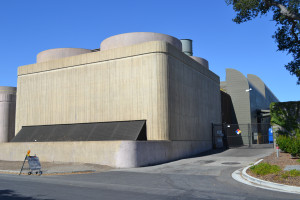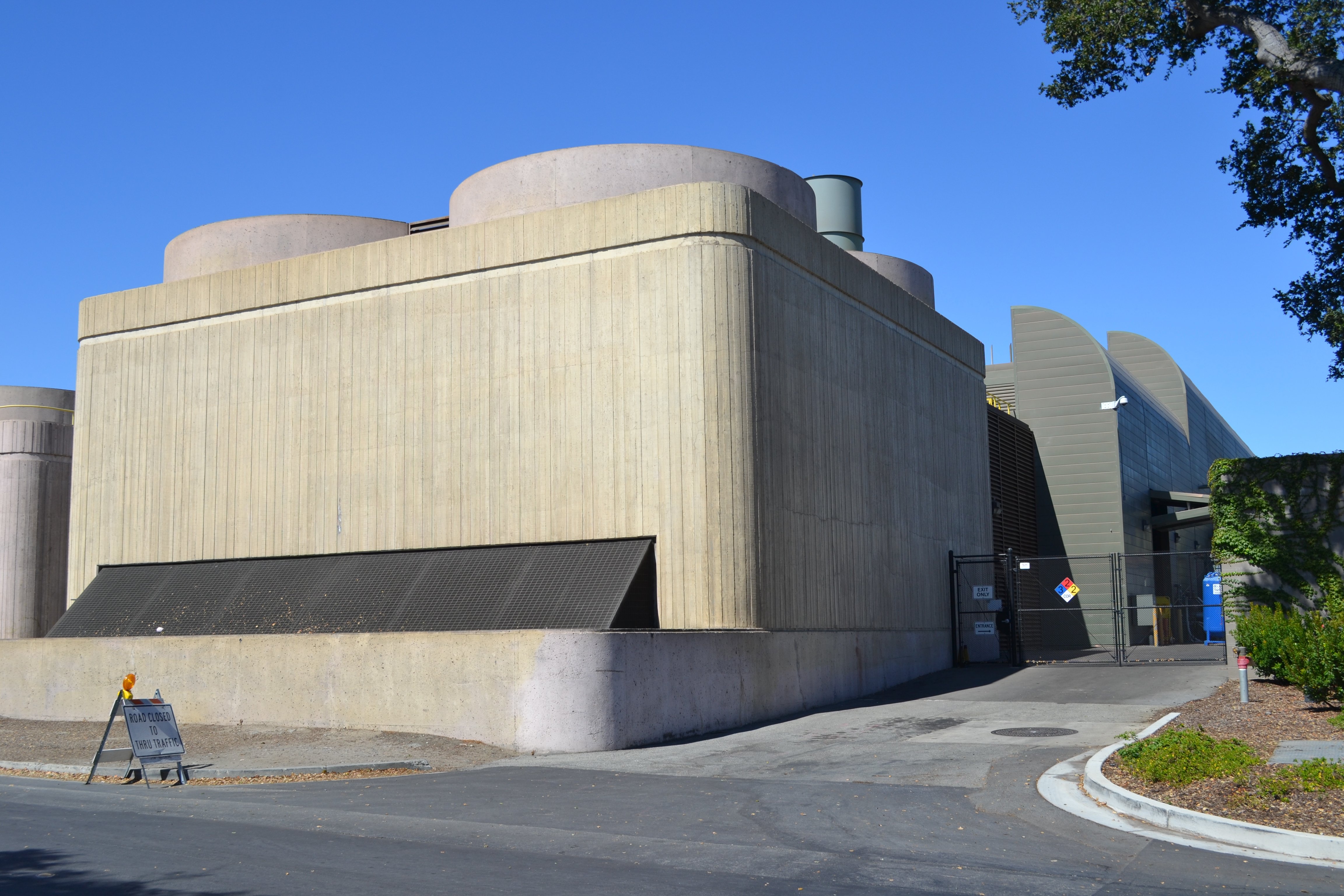
Construction work on East Campus near Stern, Crothers and Encina Halls will continue into next year as part of the Stanford Energy System Innovations (SESI) project.
After four years of planning, the project began this October with ground breaking on Stanford’s new energy facility on Oct. 10 and East Campus construction work on Oct. 17.
SESI is designed to meet Stanford’s energy needs through 2050. Estimated for completion in Spring 2015, the $438 million SESI project was approved by the Board of Trustees in December 2011 and received approval for construction by Santa Clara County in September of this year.
New plant
The new energy facility will reduce carbon emissions by 50 percent and save the university an estimated $300 million over the next 35 years.
Currently, Stanford obtains nearly all of its energy supply from the Cardinal Cogeneration plant, which is owned and operated by Cardinal Cogen, a subsidiary of General Electric. The plant, commissioned in 1987, uses efficient natural gas-fired cogeneration to produce steam, chilled water and electricity for the campus.
Unlike the cogeneration plant, the new central energy facility will be almost entirely electric. This will dramatically reduce Stanford’s carbon impact to comply with the stringent levels imposed by California’s AB 32 Global Warming Solutions Act.
The new facility will also act as a heat-recovery plant, enabling Stanford to regenerate the waste heat that the cogeneration plant would have discarded.
“We’re taking what nature gives us,” said Joseph Stagner, executive director of Sustainability and Energy Management.
In 2008, as part of SESI’s Energy and Climate Plan, Stagner led a review of technologies that Stanford could use to meet its energy needs in a more sustainable way. In that review, he found that 70 percent of the heat being wasted by the cogeneration plant could be used to satisfy 80 percent of the university’s heating demands.
“My jaw hit my desk and I said, ‘I can’t believe it, what an opportunity,’” Stagner said.
Additionally, the new facility will feature both hot- and cold-water storage, unique for an energy plant.
Stanford-designed technology
The most unique part about the new facility is its automated control system, invented at Stanford by Stagner. Called the Central Energy Plant Optimization Model (CEPOM), the system works by finding the most cost-efficient electricity available to use. It also has the ability to operate the facility autonomously, which cuts down on labor costs. Stagner started mapping out the software in late 2009, and employed six students to test the model in 2010.
In February 2011, Stanford filed for a patent on the technology. The system has spawned a startup, Root3 Energy Systems, which secured an exclusive license on the software in February for possible commercial use.
The new central energy facility is only one part of the SESI project. The other major component of the project is the conversion of the campus thermal distribution system from steam to hot water.
Over the course of the next few years, construction workers will be working in phases to install new underground hot water piping and convert all buildings on campus so they are able to receive hot water instead of steam. The new pipes will be more energy-efficient, reducing heat losses from 14 percent to under four percent.
With all of the improvements being implemented by the SESI project, students can expect to see a lot more construction around campus.
“We know it’s going to be disruptive for the next three years, but it will set us up for the next 35,” Stagner said.
